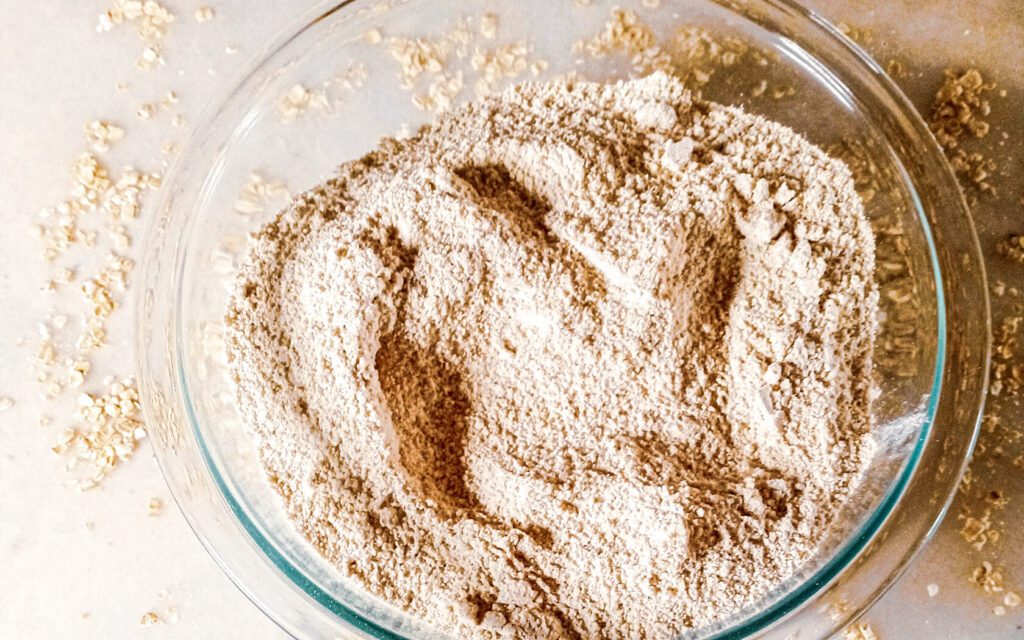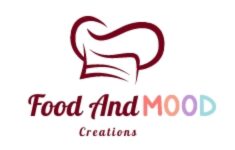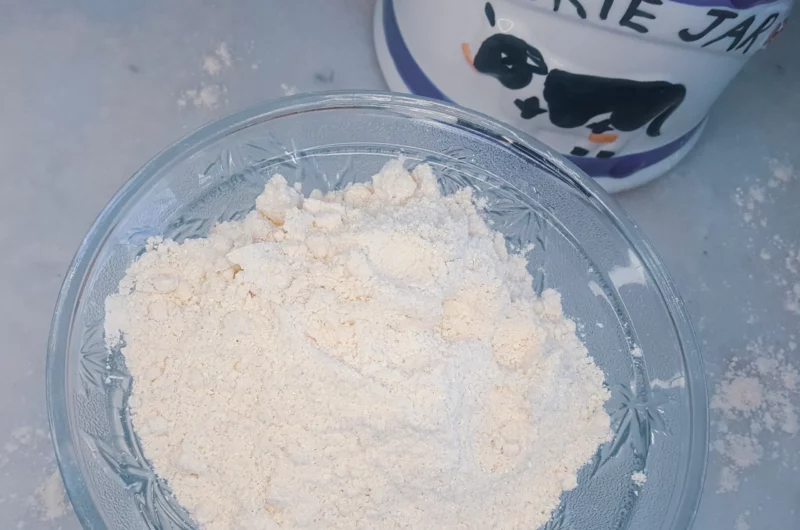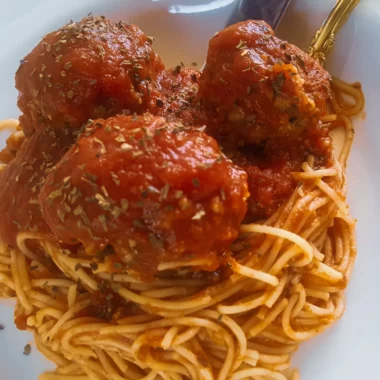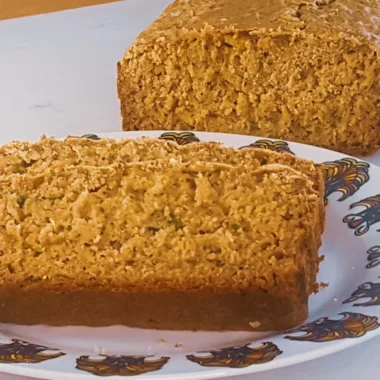Just because you lead a gluten-free lifestyle does not mean you should miss out on all of the wonderful foods made with wheat flour. When many of us attempt to recreate those recipes, we are often left frustrated because the texture and, in some cases, the flavor is not the same. Therefore every person that subscribes to a gluten-free lifestyle needs a good gluten-free all-purpose flour blend.
This gluten-free all-purpose flour can be used to replace wheat flour in any recipe. Its aroma, flavor, and texture closely resemble wheat flour. My gluten-free flour blend is so versatile that it works with nearly all gluten-free recipes.
I have used it in several recipes, including zucchini squash bread and gluten-free banana oat muffins, and it works perfectly. Best of all, this gluten-free flour blend does not contain xanthan gum or guar gum. However, before we get to the gluten-free all-purpose flour recipe, let’s discuss the ingredients.
What’s In This Gluten-Free All-Purpose Flour?
Cassava flour is the first ingredient in this gluten-free flour. Cassava flour is made by dehydrating and grinding the dried vegetable into a fine powder. The main reason I used cassava flour is that I had it on hand. Furthermore, cassava flour has a relatively neutral flavor, and it can be substituted for wheat flour in a 1:1 ratio.
The next flour I used is oat flour. I used oat flour because it has a slightly nutty flavor and creates a tender crumb. It is also a healthy substitute and can easily be made at home. I always make homemade oat flour by grinding it into a fine powder using a blender.
Millet flour is also included in this recipe. It is made by grinding millet, a grain belonging to the grass family, into a fine powder. Millet flour gives a sweet yet nutty flavor to baked goods.
No gluten-free flour blend is complete without a binder. The binders used in this recipe are potato starch and tapioca starch. As the name implies, potato starch is made by extracting starch from potatoes. Potato starch helps create thickness as well as texture in baked goods.
The final ingredient in this gluten-free all-purpose flour is tapioca starch. Tapioca starch is extracted from the storage roots of the cassava. Like potato starch, it is a fine white powder that helps create texture and thickness in foods.
In, fact tapioca starch can be substituted for cornstarch. If you do not like one or more of these gluten-free flours, you can replace them with another gluten-free flour. Brown rice flour or sweet rice flour is a nice addition to this recipe. If you are unsure of which gluten-free flour to use, take a look at my list of gluten-free flours.
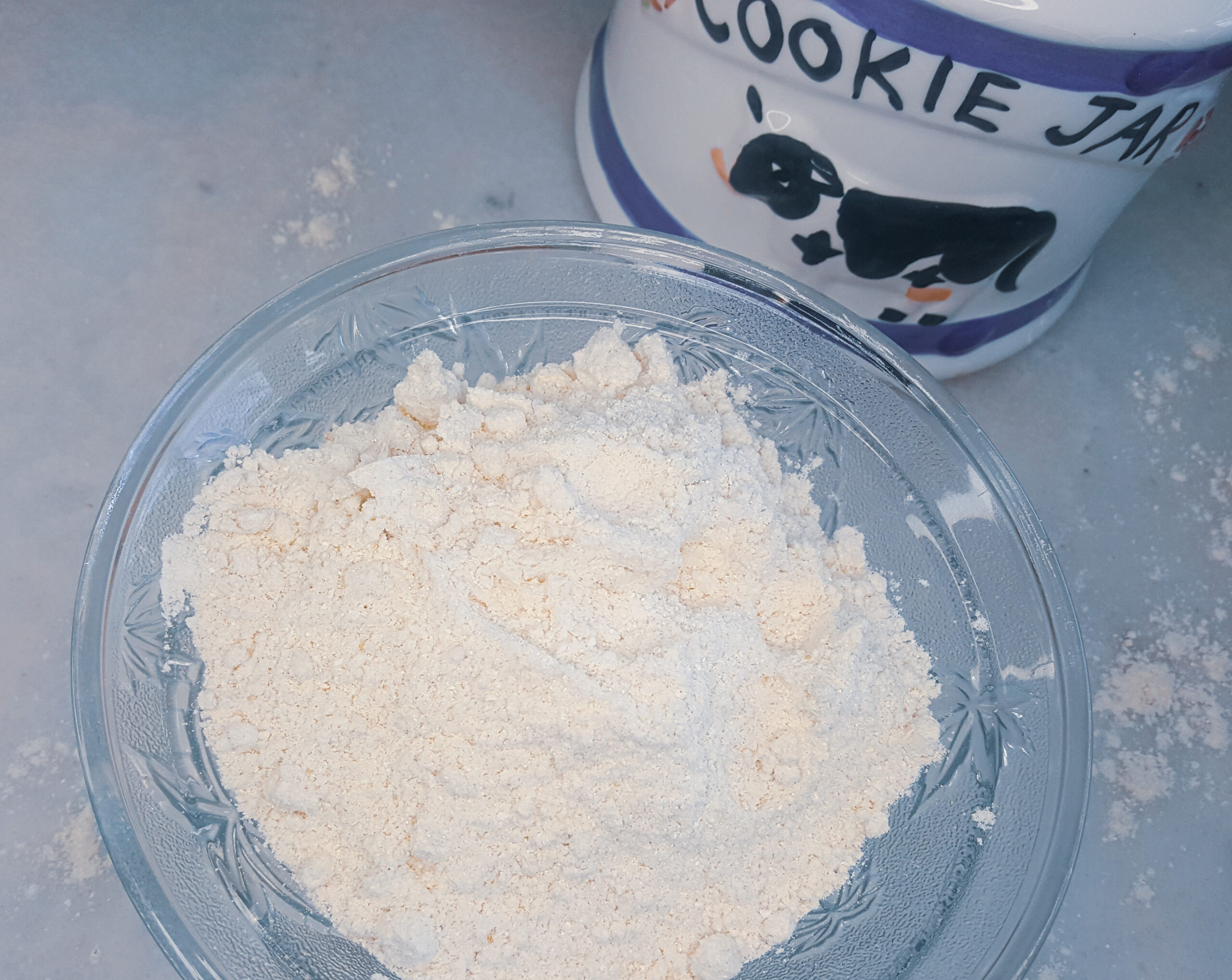
What is Xanthan Gum
Xanthan gum is a common food additive. While most people do not know what xanthan gum is, it is usually added to foods to thicken or stabilize them.
Believe it or not, I first came across xanthan gum, watching a natural hair video. When I noticed it was an ingredient in most gluten-free all-purpose flours. I was bewildered and did as much research as possible to find out what xanthan gum was.
As it turns out, xanthan gum is made by fermenting sugar. The bacteria Xanthomonas campestris is used to ferment the sugar. The fermentation process results in a broth and slushy goo-like matter that is dried and ground into a powder.
Xanthum gum is a popular ingredient in gluten-free cooking and baking because it adds moisture and elasticity. In addition to this, xanthan gum also replicates the fluffy texture of wheat baked goods.
While most people experience no side effects of xanthan gum, some people report experiencing digestion issues. Nevertheless, most scientists and food safety experts consider xanthan gum to be a safe food additive.
However, similar to psyllium husk, in large doses, xanthan gum can become a problem. Large quantities of xanthan gum can increase the rate of defecation, flatulence and create soft feces.
What Is Guar Gum
Like xanthan gum, guar gum is another food additive derived from guar beans. Guar gum is a kind of polysaccharide.
Guar gum is used heavily in processed foods because it absorbs moisture and produces a gell that acts as a thickener and a binder. The FDA deems specific quantities of guar gum safe for consumption in multiple food products.
However, too much guar gum is not a good thing. The 1990s Cal-Ban 3000 incident is a clear reflection of this. This weight loss supplement had large doses of guar gum that increased about 10-120 times in quantity in the stomach to increases satiety and stimulate weight loss.
Rather than stimulating weight loss, Cal Ban 300 was responsible for severe health issues such as blocking the esophagus and small intestine. Some cases even resulted in death which led the FDA to prohibit guar gum in weight-loss supplements. Nevertheless, gaur gum is considered safe as long as it is ingested in small amounts.
More Recipes:
Homemade Cassava Flour
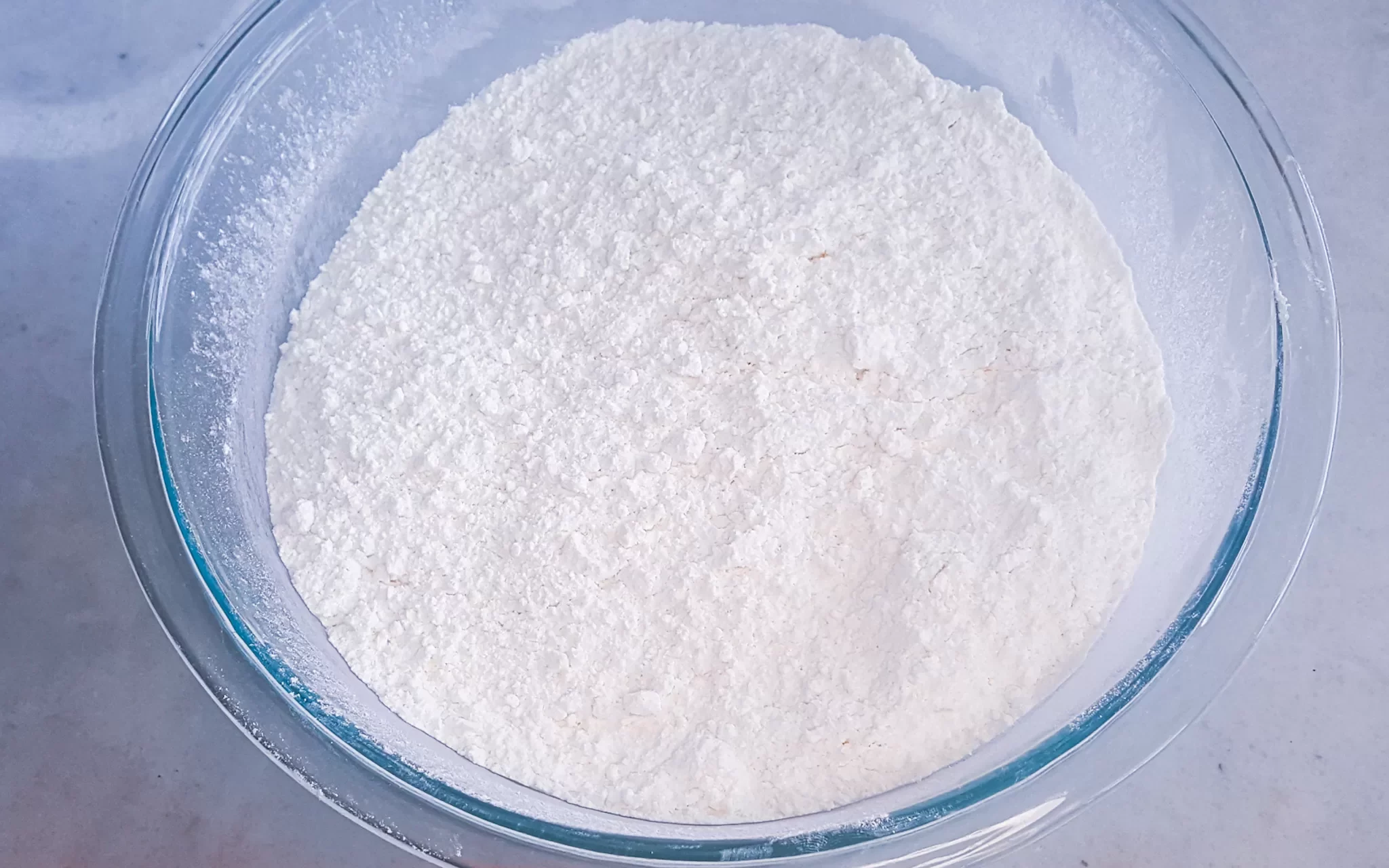
Zucchini Squash Bread
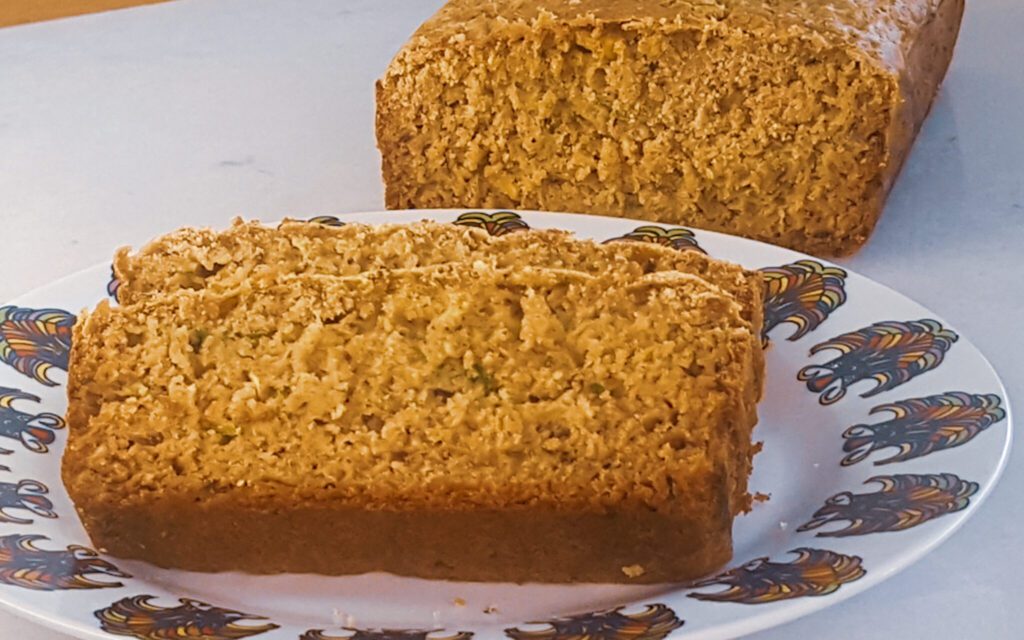
How To Make Oat Flour
